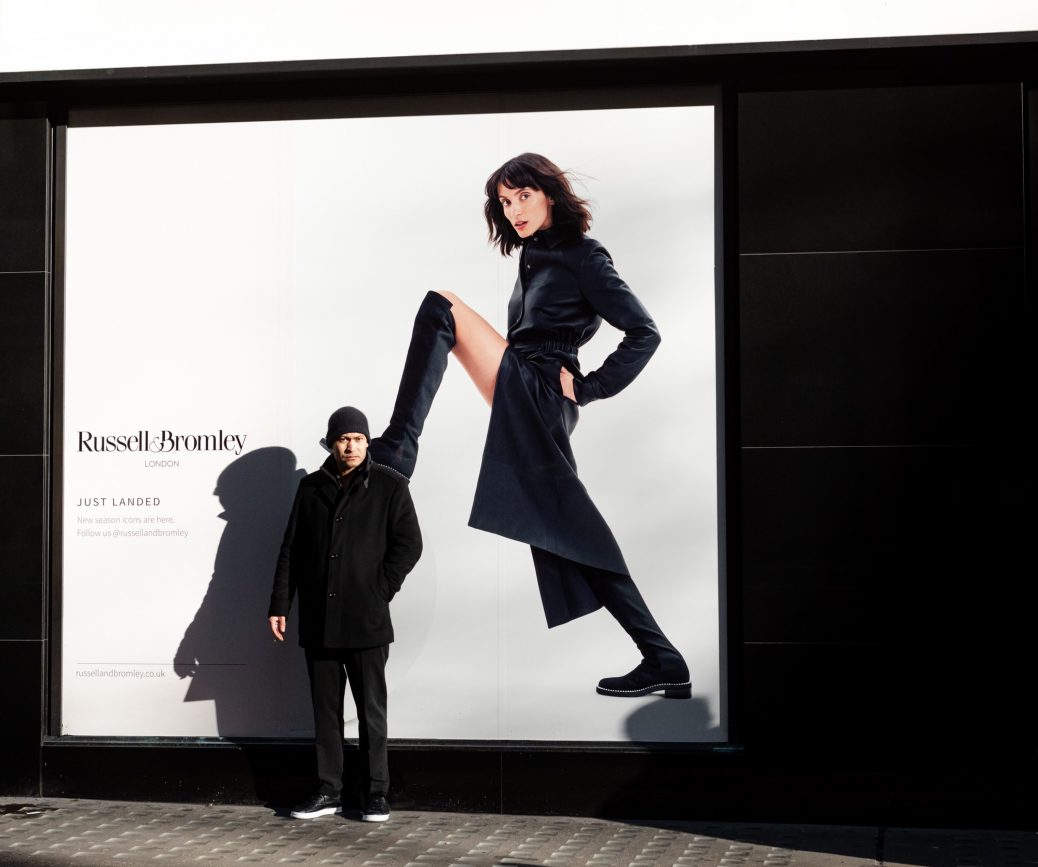Benson Spiers: Best Single Photo Finalist of 2022 exibart street contest
Dear Benson Spiers,
first of all, congratulations! You are one of the 10 finalists of the third exibart street contest in Best Single Photo category. Can you tell us something about yourself and about the finalist picture?
Much like other street photographers I imagine, I am often found wandering the streets or loitering around corners waiting for interesting characters to appear. This image was taken when I noticed the advert for the shop off a nearby side street, it was pure luck that the man happened to be taking his cigarette break in the perfect spot!
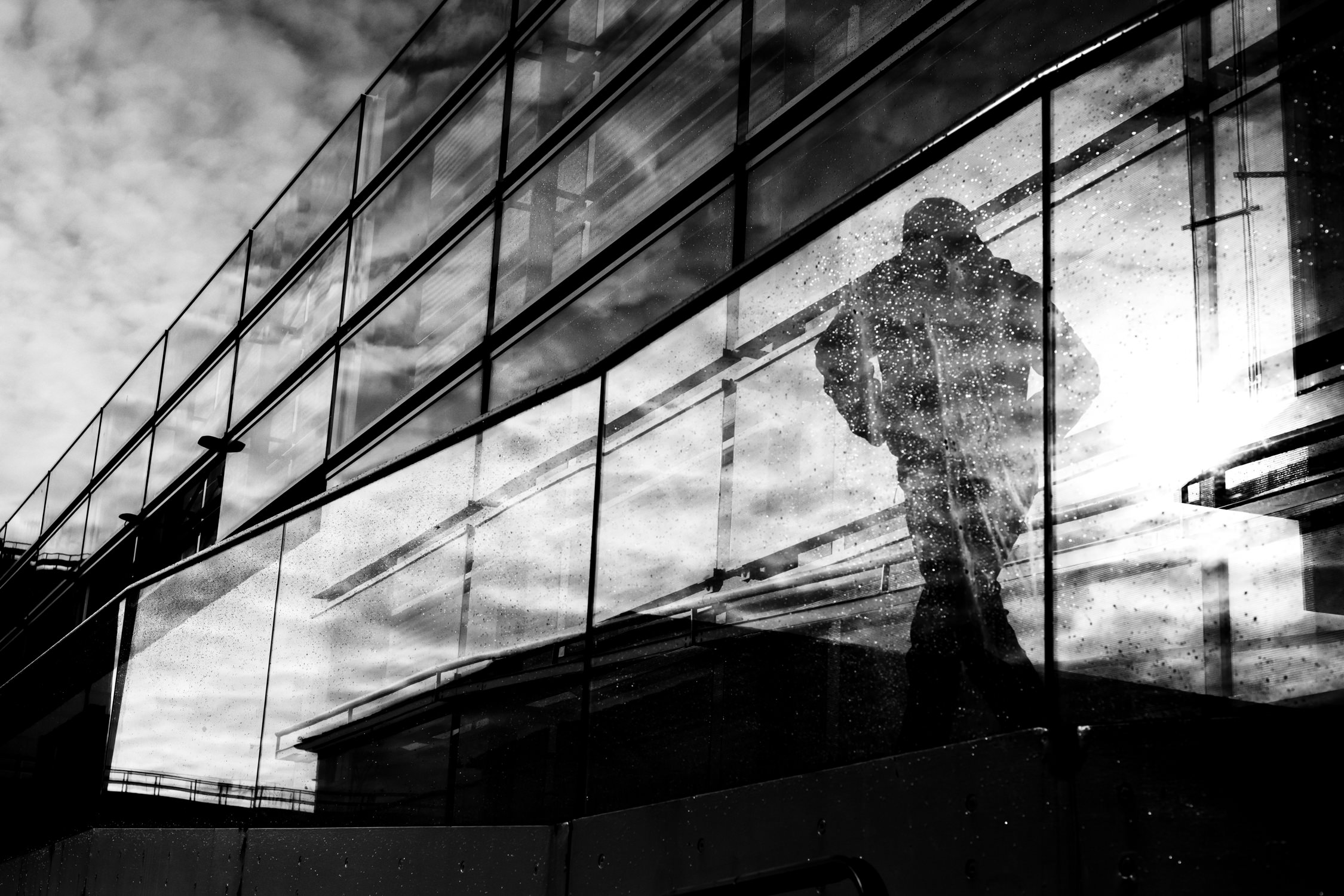
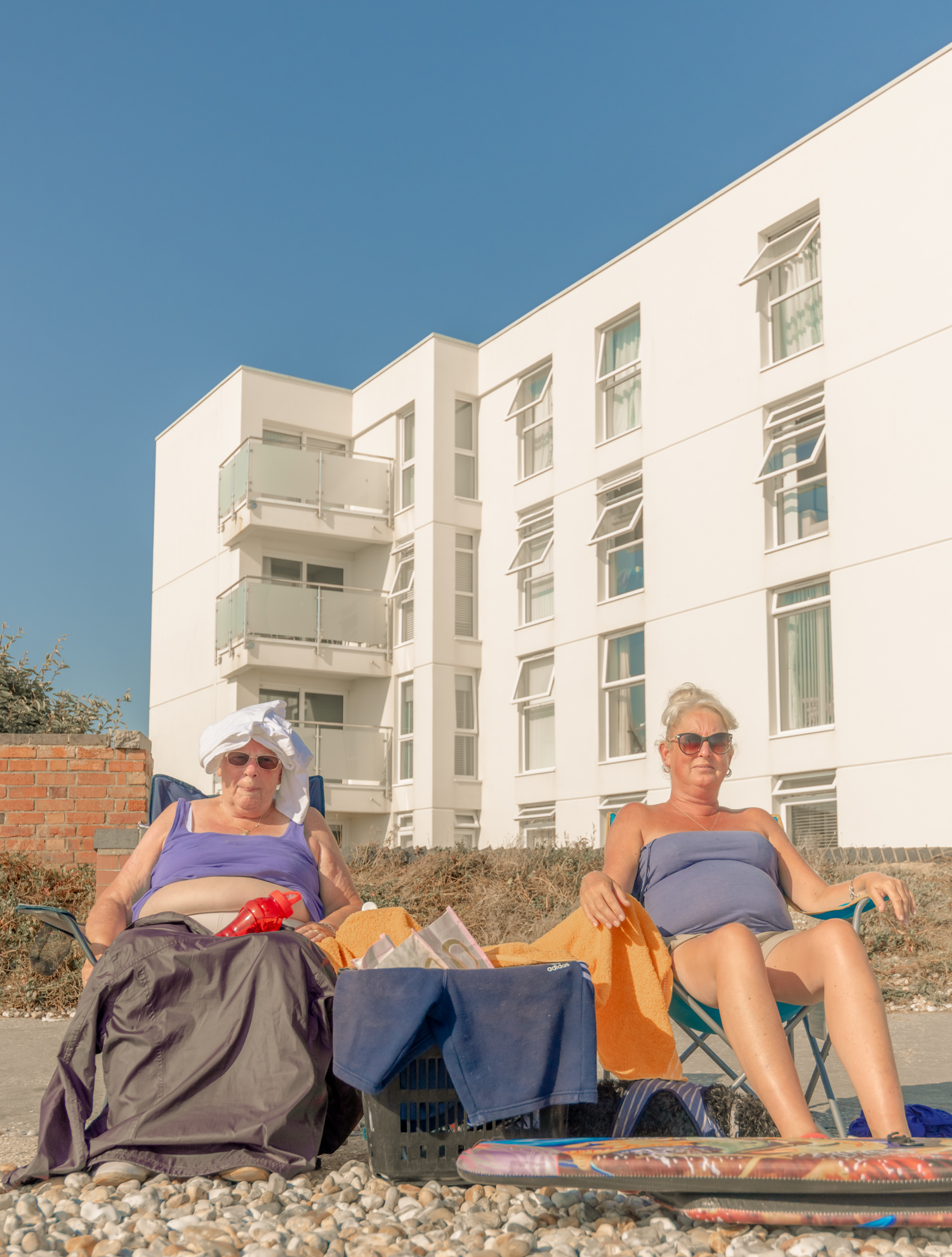
How would you define your photographic style?
Fly on the wall voyeur, as creepy as that sounds!
Have you ever studied at a photography school or are you a self-taught artist?
My brother rekindled my passion for photography, and since then, I have been self-taught with a sprinkling of workshops dotted over time to hone some specific skills.
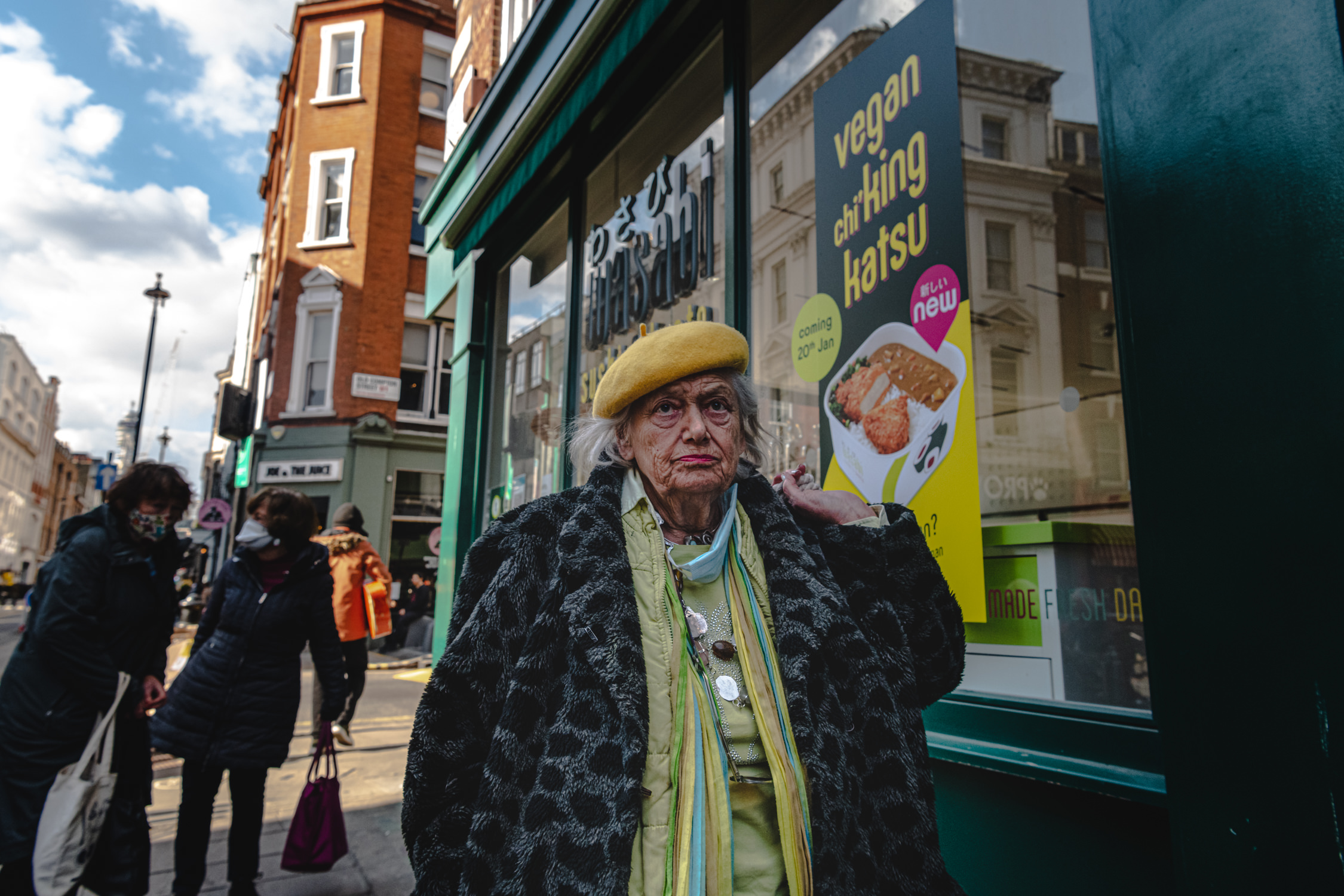
Who are the Masters of Photography who inspired you most in your photographic works?
It’s hard to pinpoint one in particular as often it’s just one image which piques my curiosity, but I have always enjoyed Richard Kalvar’s approach, Helen Levitt’s subjects, and the feel of Joel Meyerowitz’s work in the 70s.
Do you ever do Street Photography with your smartphone?
Very occasionally, I’m not great at it!
“When starting out I was only focussed on getting comfortable shooting on the street, looking for that one great shot without trying to narrow my shot selection, but now I am trying to put images together to paint a story.”
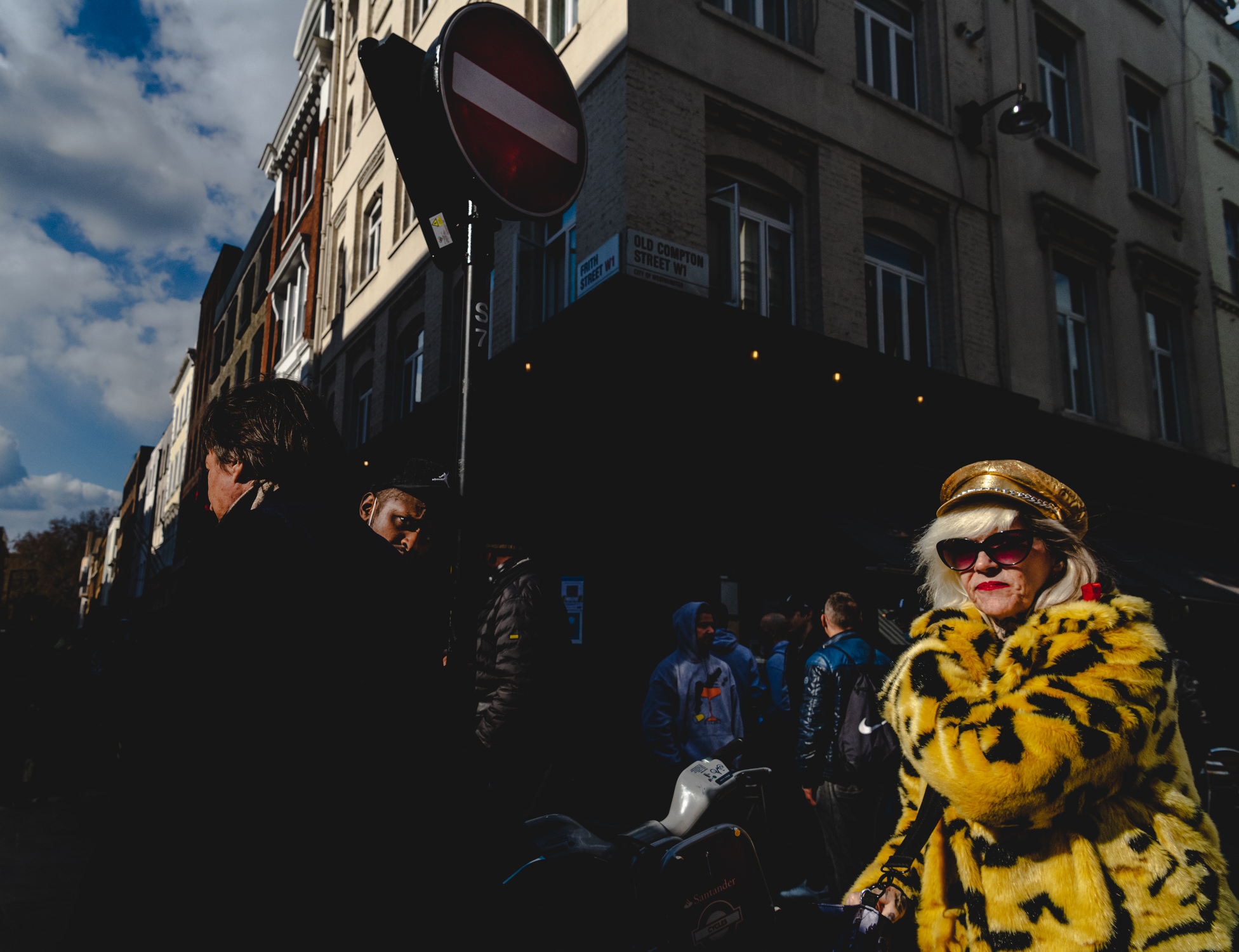
Analog and digital photography. Do you see these as alternatives to one another or the same thing?
I would say the same (even though I have never shot street photography on analog), but I imagine not having endless clicks to shoot with sharpens your focus somewhat.
Black and white and color. Two different worlds. You decided to go color. Why? Do you ever shoot in Black and white?
When starting out I actually used to shoot mostly in black and white, probably as a result of all the great photos I had seen from the past. Now I focus more on colour as it’s a fun way of documenting styles over time, with the occasional splash of black and white thrown in when the mood strikes.
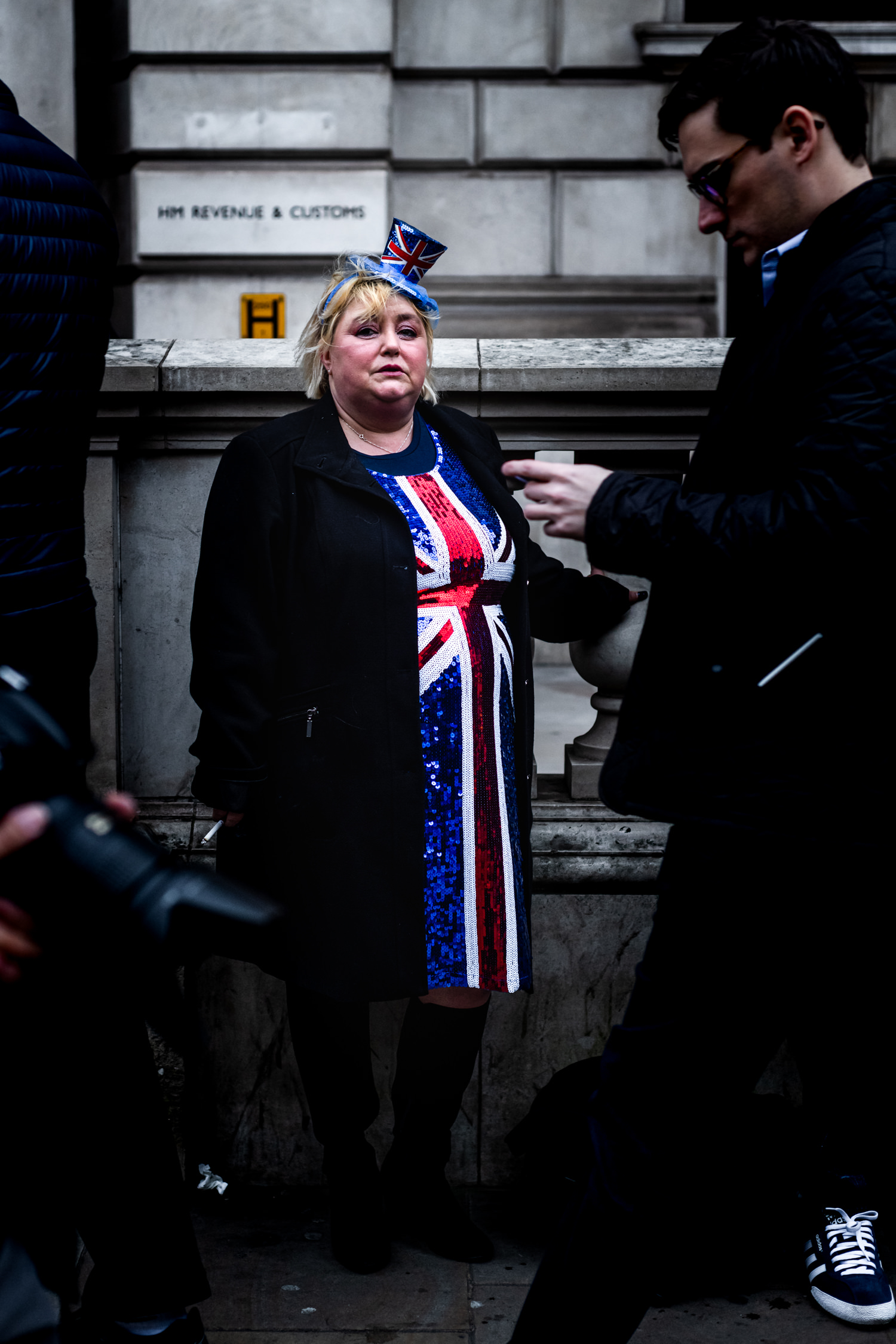
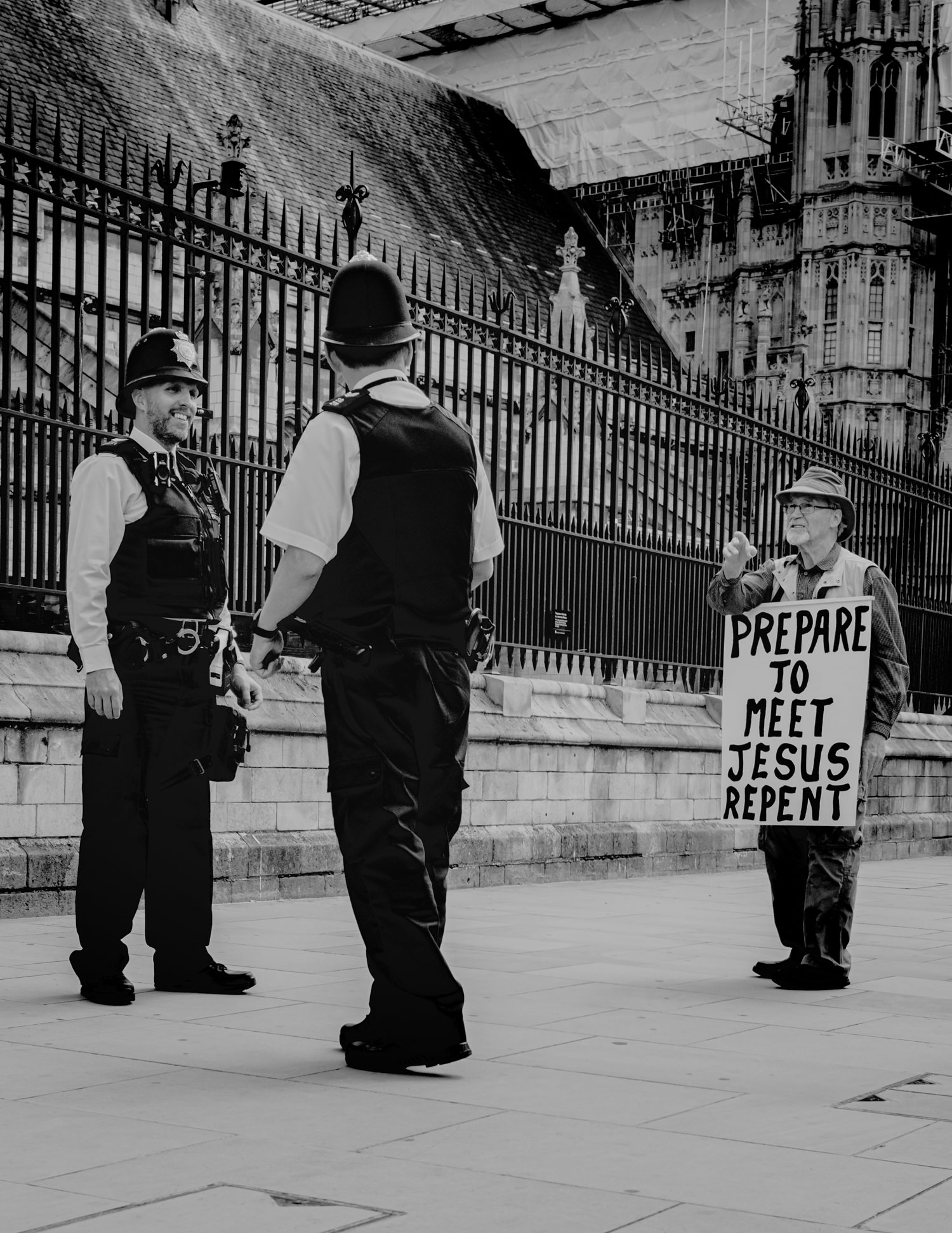
Do you think Street Photography has a more documentary or more artistic value?
Documentary. It’s interesting to look through historical street photographs and see how people, colours and cities have changed over time.
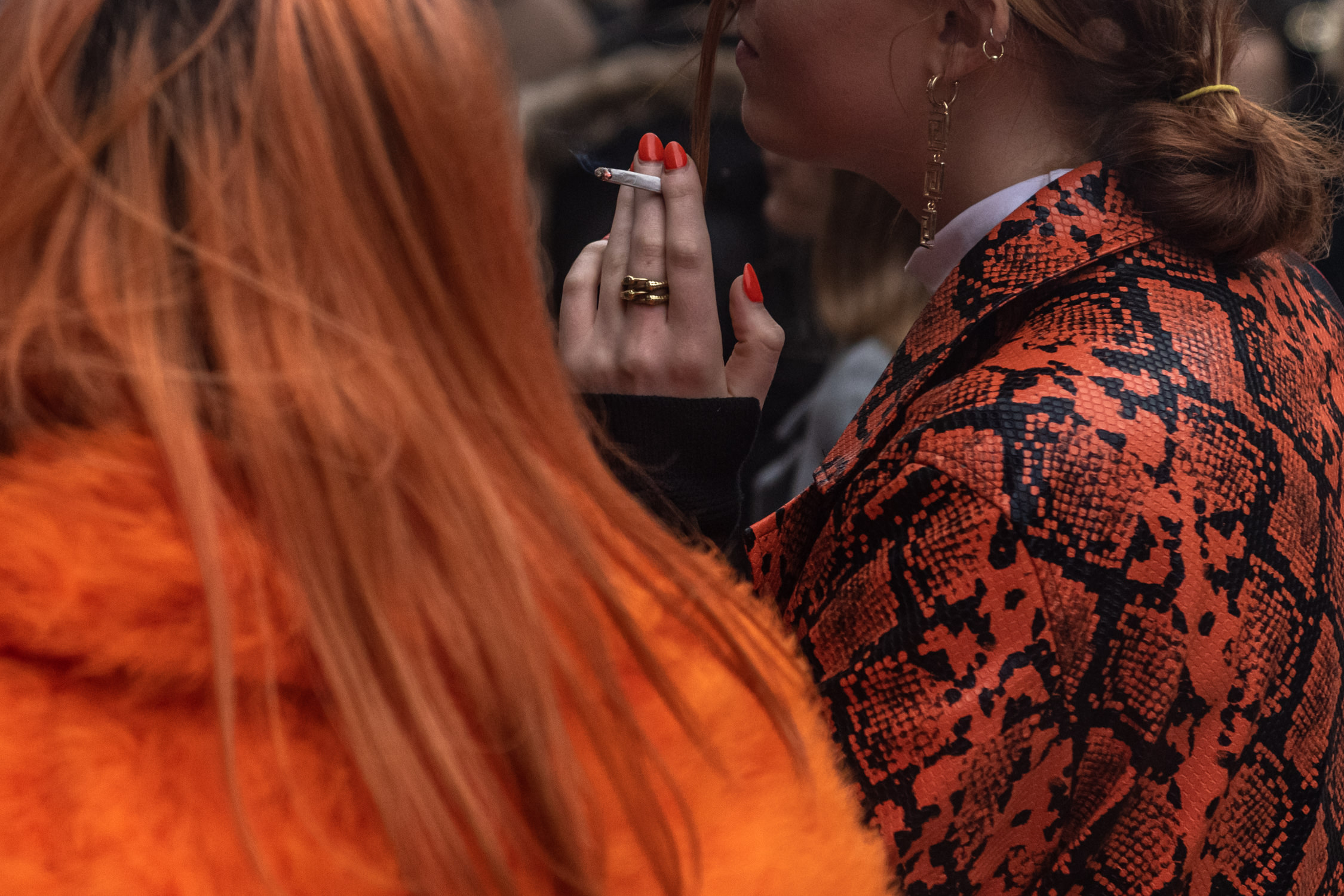
When you take photos, do you ever have a theme/project in mind?
These days yes, I am currently working on a project called Hairy Encounters. When starting out I was only focussed on getting comfortable shooting on the street, looking for that one great shot without trying to narrow my shot selection, but now I am trying to put images together to paint a story.
Do you think there are ethical limits in street photography? Do you think it’s possible to shoot everything and everybody? What is your approach in street photography?
Absolutely yes there are limits, particularly if it ever feels exploitative or if you are not respecting people’s cultures / personal situations. I tend to stick to the approach that if you would not want your own photo taken in that setting, don’t take the shot.
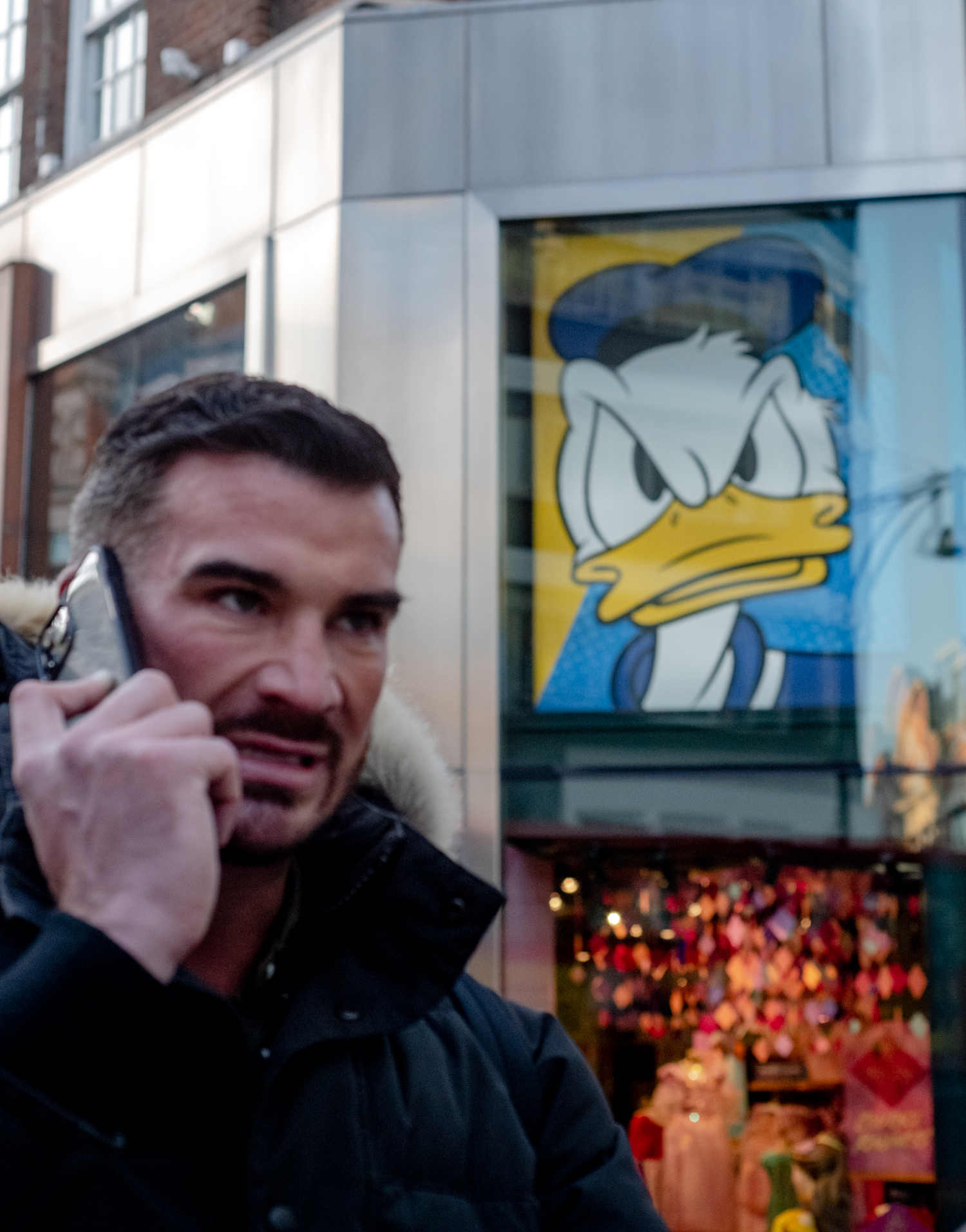
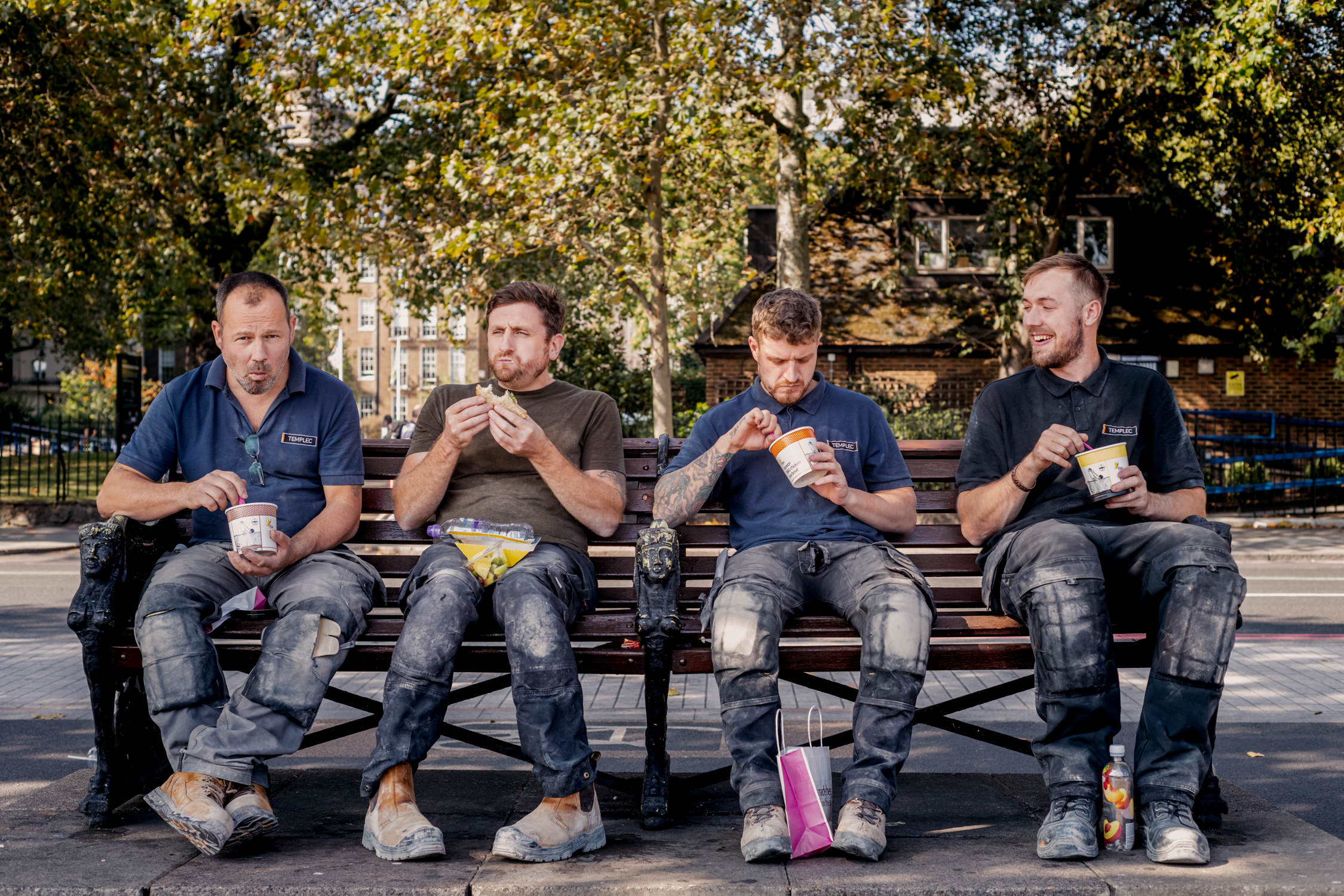
What kind of equipment do you use and what role, in your opinion, does equipment have in street photography?
I use a Nikon D850 with either a 50mm or an 18-35mm lens. It plays an important role in helping you find your feet and what kind of shots you enjoy most. I started shooting with a 24-70mm as I was wary of getting too close to people and have slowly gone wider and braver over the years!
If you had to choose one lens that you would have to be using for the rest of your life, which one would that be and why?
That’s tough! A 24-70 sounds too easy an answer so let’s go with a 35mm, that would be nice and versatile.
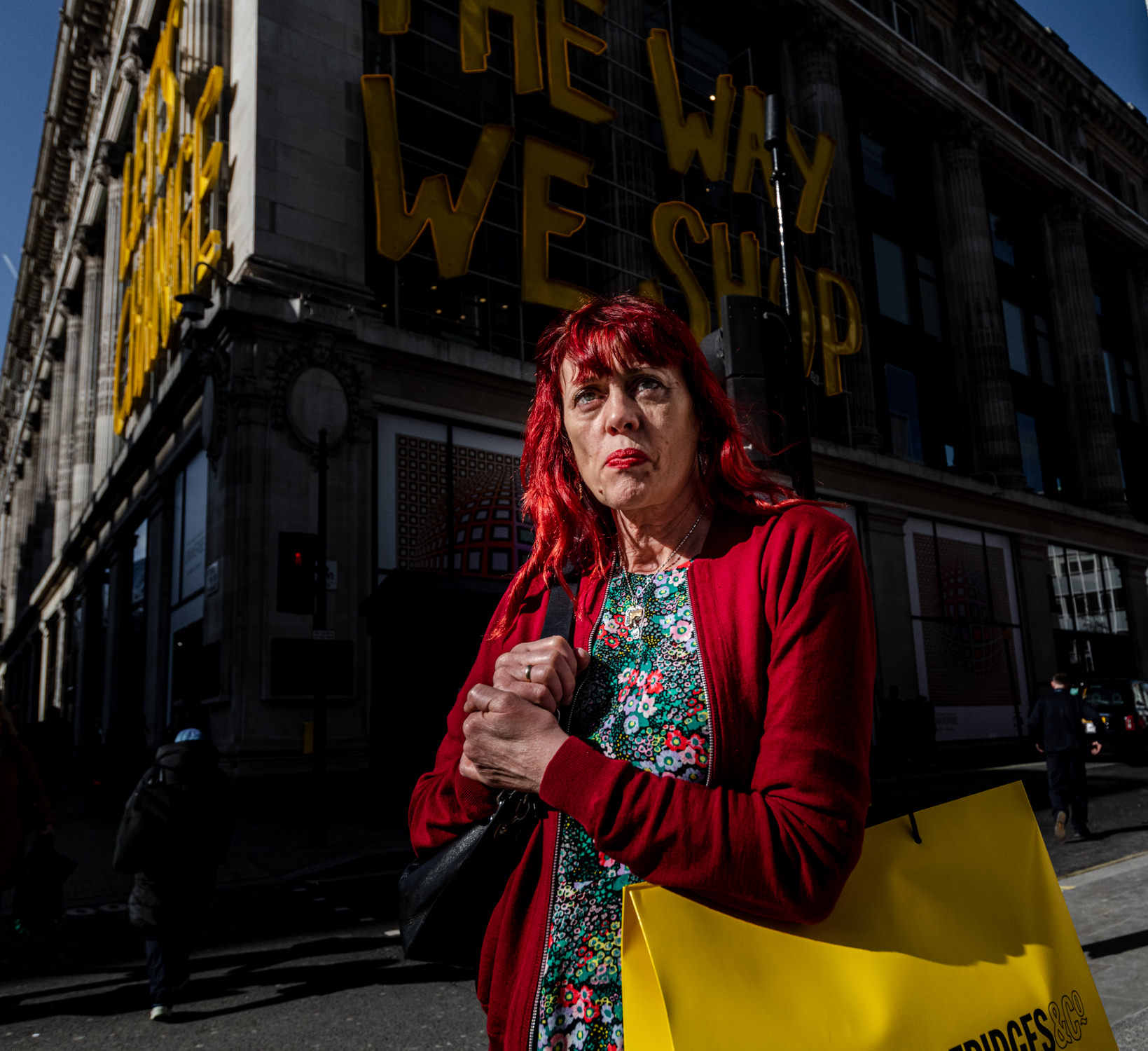
“When starting out I actually used to shoot mostly in black and white, probably as a result of all the great photos I had seen from the past. Now I focus more on colour as it’s a fun way of documenting styles over time, with the occasional splash of black and white thrown in when the mood strikes.”
After shooting, what actions do you take in terms of processing and editing?
I transfer photos to my computer and use Lightroom for editing, typically only making basic changes. If I try and make too many edits, it’s usually a sign that the image is not strong enough.
Are you currently working on any project?
Yes at the moment I am working on a project called Hairy Encounters. The aim is to give the viewer a vicarious experience of the anxiety and adrenaline rush of street photography, whilst also enjoying the visual journey of seeing colourful characters in their everyday activities.
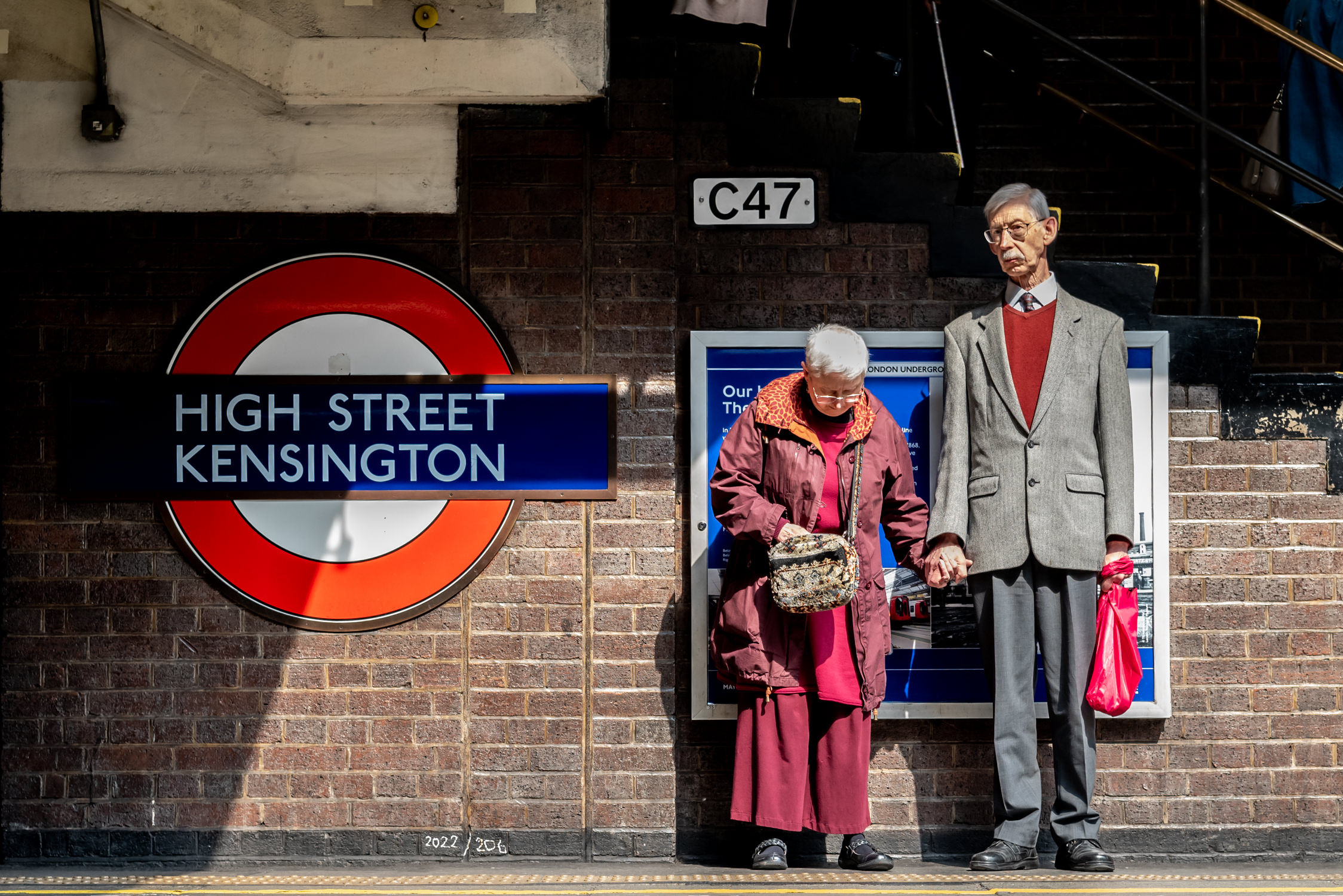
Which are your favorite photography books?
Street Photography Now; and Seeing Things: A Kid’s Guide to Looking at Photographs (perhaps a little unusual but it’s a nice book for a quick peek).
Is there a country or a city that you like to photograph more than others?
So far London is proving to be an excellent hunting ground, but I am going to Nepal in September and am looking forward to the opportunities that lie in wait there.
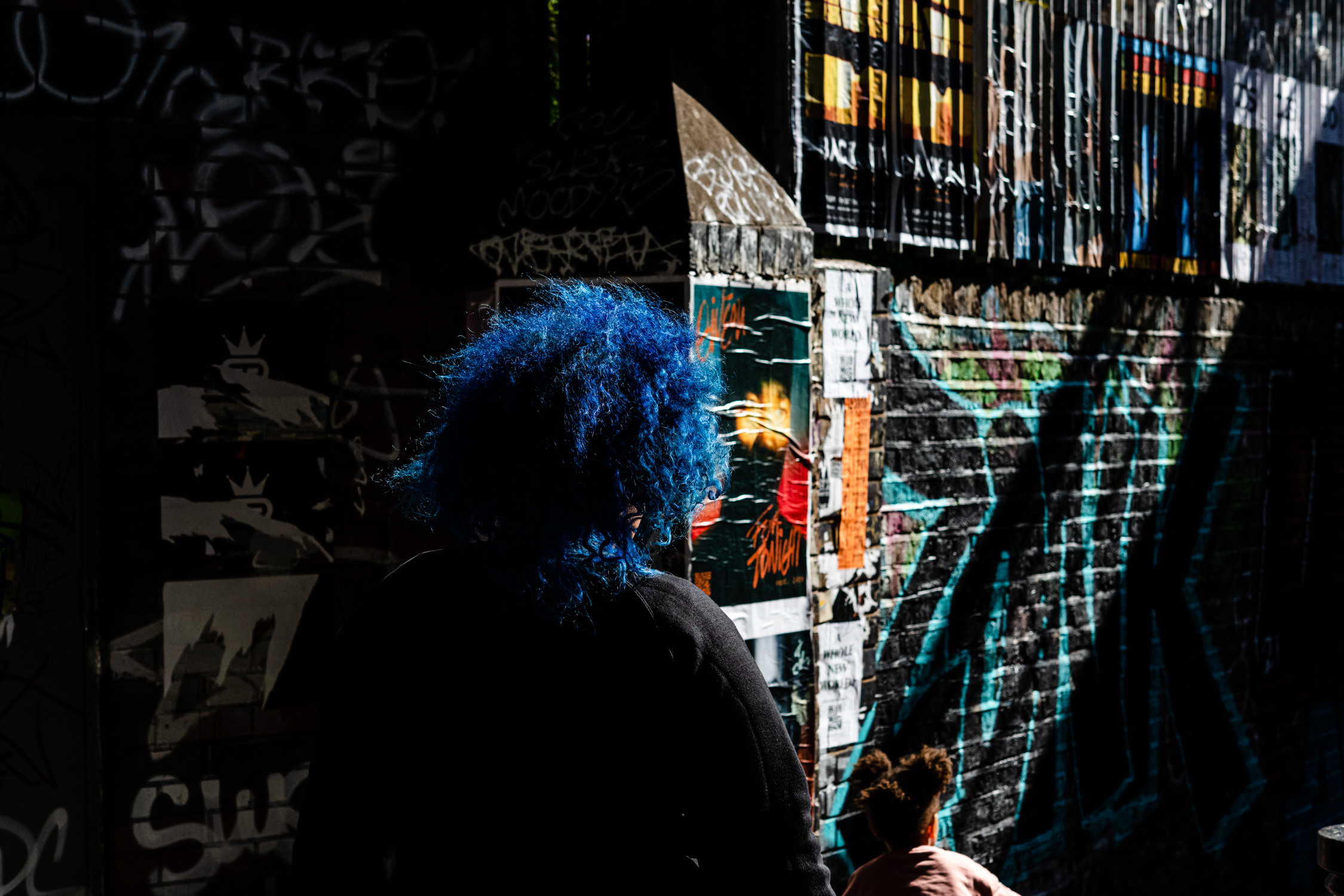
What advice would you give to someone who is starting to do street photography?
Keep shooting, you never know what you might see (and it becomes less daunting!).
Thank you!
BENSON SPIERS BIOGRAPHY
Originally trained as a wellness coach, I found myself frequently using my spare time to discover London and beyond through my camera lens. A chance workshop introduced me to street photography and I have been exploring and capturing the everyday vibrancy of the world ever since!
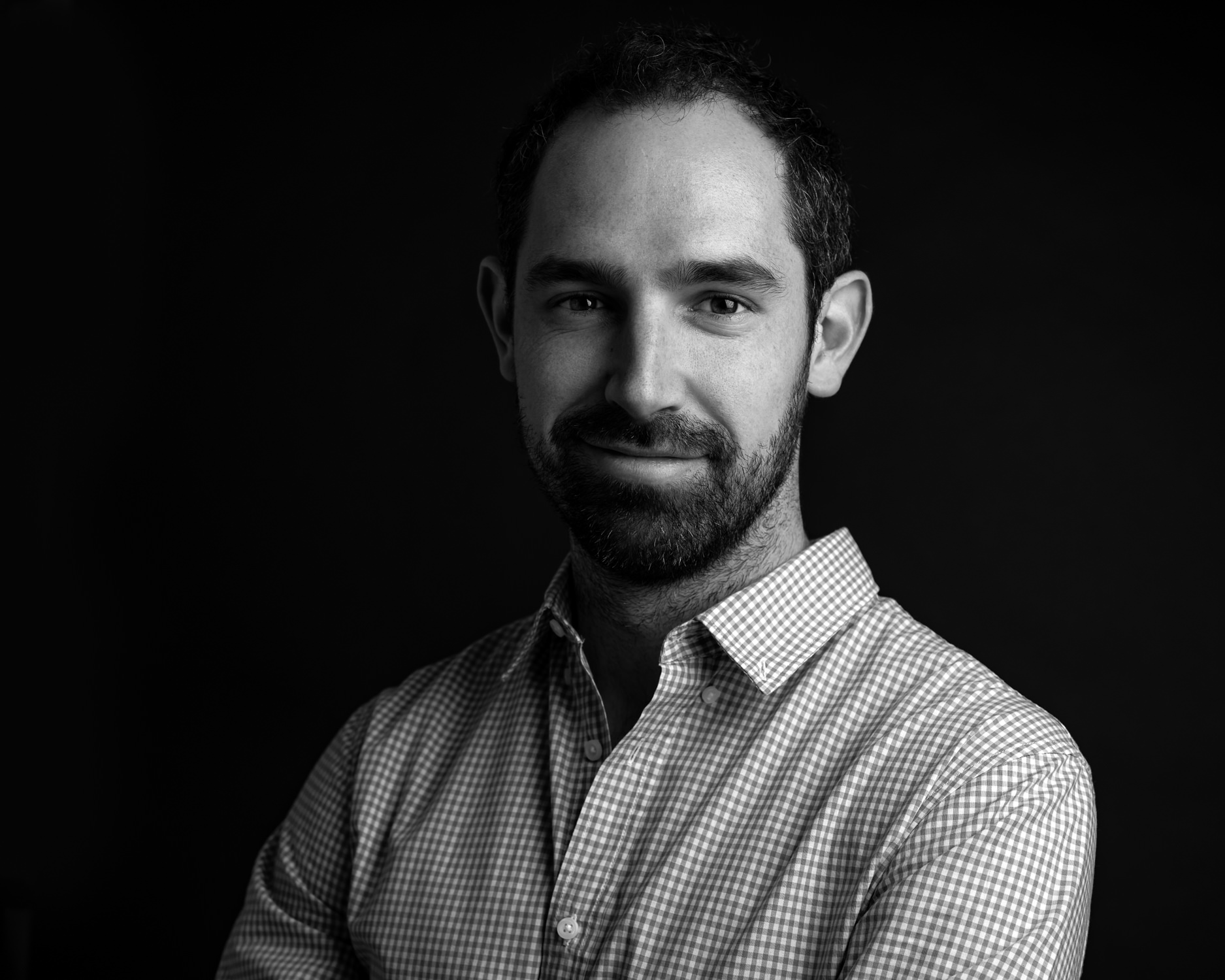
Benson Spiers Links:
Website: https://www.bensonspiers.com/
Instagram: https://www.instagram.com/bensonspiers/

